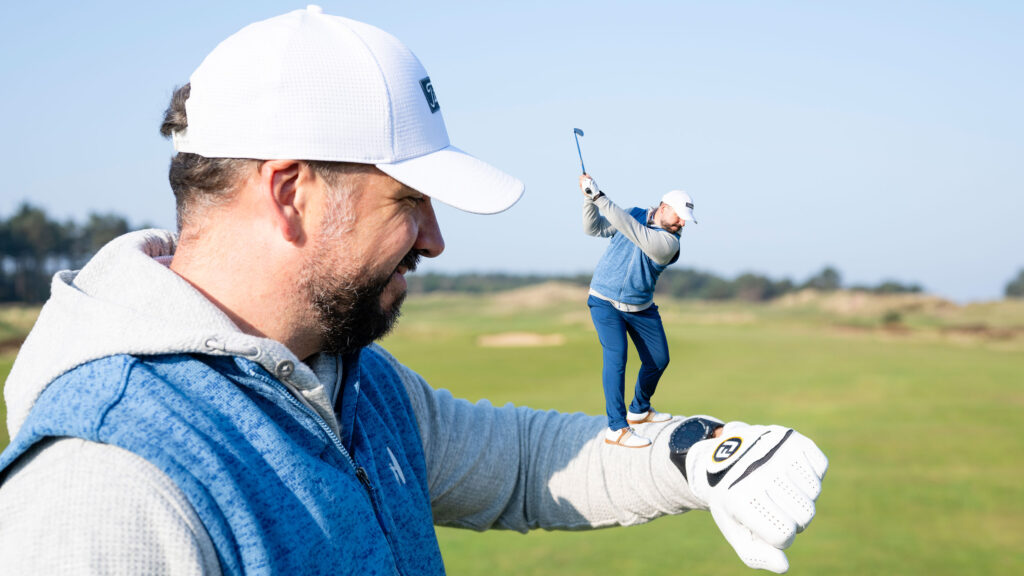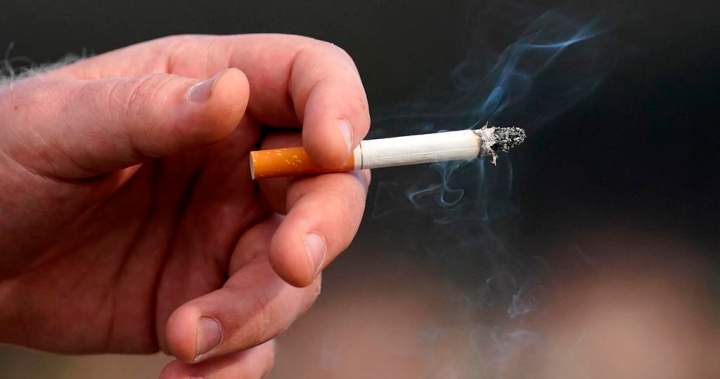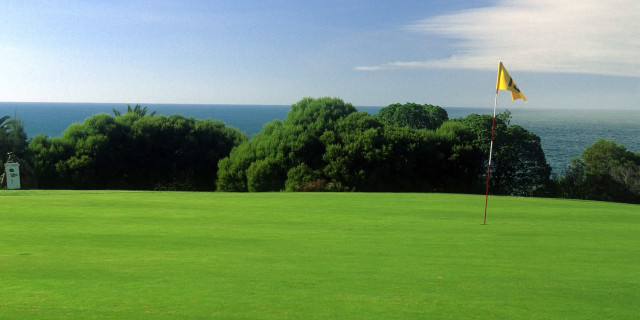So, you’ve found the fairway with your tee shot and left yourself around 150 yards into the green – how often are you executing that shot as intended?
The answer is, for most handicap golfers, not very often. When looking into how many greens in regulation an average golfer hits, I was surprised by the bleak picture the numbers painted.
Even those who dedicate time to work on the best ball striking drills often come up short (if you’ll pardon the pun), because two key factors often hold amateur golfers back.
You may like
In this article, and accompanying instructional video, Golf Monthly Top 50 Coach Peter Finch uses the latest Shot Scope data to reveal how tricky this distance can be to get right for amateurs and offers some expert tips to improve your chances…
How To Hit More Greens From 150 YardsTips by… Tips by…Peter Finch
Tips by…Peter Finch
Social Links Navigation
Golf Monthly Top 50 Coach and PGA Pro
Peter Finch is one of the most recognisable PGA professionals in the world, delivering online free lessons to golfers across the globe with a combined social following of almost one million people.
In his coaching career, Peter Finch has supported golfers of all abilities to play better golf and shoot lower scores.
According to the latest Shot Scope data, almost every level of amateur golfer (irrespective of handicap index) will miss more greens than they will hit from 150 yards out.
A scratch golfer understandably bucks that trend, hitting 55% of greens from 150 yards, but that drops to 30% for a 10-handicapper and just 17% for a 20-handicapper.
Interestingly, the higher your handicap rises up the scale – the more likely you are to miss the green short. This is often where a lot of the danger lurks, including nasty greenside bunkers and even more unpleasant penalty areas.
Those are sobering facts, but it’s important to consider them when deciding on how to play your next shot.
If you want to make progress in your game, and defy the odds, my advice would be to know your club distances – and use that information to make smart decisions.
Note: It’s even more important when conditions get tough, as this will help you to calculate distance in the wind.
The two reasons why many amateurs often struggle to hit greens from this crucial distance are course management and ego!
Just because you once, on a hot summer’s day, hit your eight-iron 150 yards does not mean that you will necessarily repeat that feat every time.

Don’t let your ego get in the way, choose the right club for the distance you have and swing it easy
(Image credit: Tom Miles)
In fact, taking more club and swinging easy is a much more effective strategy. If you have to pull out your 6-iron from this distance, that’s absolutely fine.
Choosing to hit a club that will get you to the back of the green should help you to avoid coming up short, even if you don’t strike it perfectly, but crucially it takes most of the danger around the green out of play.
The lesson here is simple. Rather than opting for a shorter club and trying to hit it as hard as you can, take a longer club and swing it easy – allowing your natural silky golf swing rhythm to shine through.






